
The New Zealand Parliament is the unicameral legislature of New Zealand, consisting of the Queen of New Zealand (Queen-in-Parliament) and the New Zealand House of Representatives. The Queen is usually represented by her governor-general. Before 1951, there was an upper chamber, the New Zealand Legislative Council. The New Zealand Parliament was established in 1854 and is one of the oldest continuously functioning legislatures in the world. It has met in Wellington, the capital of New Zealand, since 1865.
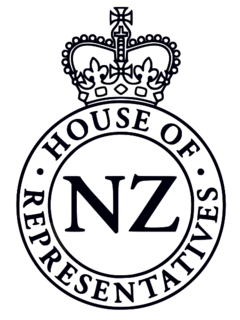
In New Zealand, the Speaker of the House of Representatives is the presiding officer and highest authority of the New Zealand House of Representatives. The individual who holds the position is elected by members of the House from among their number in the first session after each general election. They hold one of the highest-ranking offices in New Zealand. The current Speaker is Trevor Mallard, who was initially elected on 7 November 2017.
Richard James Gerard is a former New Zealand politician. He was a National Party Member of Parliament from 1984 to 1997.
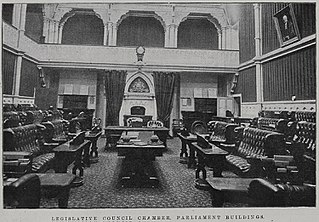
The New Zealand Legislative Council existed from 1853 until 1951. An earlier arrangement of legislative councils for the colony and provinces existed from 1841 when New Zealand became a colony; it was reconstituted as the upper house of a bicameral legislature when New Zealand became self-governing in 1852, which came into effect in the following year.

Josiah Alfred Hanan, known to his colleagues as Joe Hanan, was a New Zealand politician, cabinet minister, and legislative councillor. He also served as Mayor of Invercargill, and as Chancellor of the University of New Zealand.
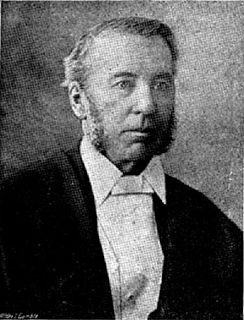
Sir George Maurice O’Rorke was a New Zealand politician, representing the Auckland seat of Onehunga, and later Manukau, and was Speaker of the House of Representatives. He was a committed provincialist and was the eighth Superintendent of the Auckland Province. Upon receiving his knighthood in 1880, he became known as Sir Maurice.

Robert McKeen was a New Zealand politician of the Labour Party. He was Speaker of the House of Representatives.

Sir Frederic William Lang was a New Zealand politician, initially an independent conservative, then from 1914 a member of the Reform Party. He was the eighth Speaker of the House of Representatives, from 1913 to 1922.
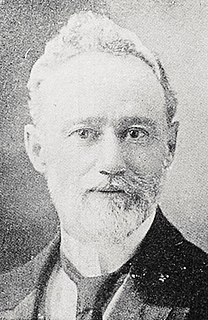
Sir Walter Charles Frederick Carncross was a New Zealand politician of the Liberal Party.

The Hon. John Rigg MLC CMG was a New Zealand politician of the Labour Party.
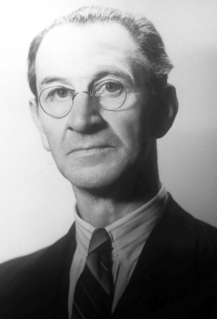
Bernard Martin was a New Zealand politician of the Labour Party and one of the party's pioneers.
Edward Henry Clark was an Independent Member of Parliament for Chalmers, in the South Island of New Zealand. He was a Member of the Legislative Council and for a time was its Chairman of Committees.
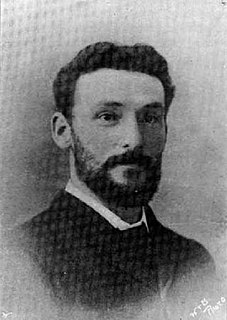
Colonel George John Smith (1862–1946) was a New Zealand Member of Parliament for the City of Christchurch electorate in the South Island, and later a member of the Legislative Council.
Ohinemuri is a former New Zealand parliamentary electorate. It existed from 1896 to 1928, and was represented by five Members of Parliament.
The Chairman of Committees was an elected position of the New Zealand House of Representatives. The role existed between 1854 and 1992. The roles of the Chairman of Committees were to deputise for the Speaker, and to chair the House when it was in committee. The role is now carried out by the Deputy Speaker. The role of Chairman of Committees also existed for the Legislative Council.

The Mayor of Thames officiated over the Thames Borough of New Zealand, which was administered by the Thames Borough Council. The office existed from 1874 until 1975, when Thames Borough and Coromandel County were amalgamated to form Thames-Coromandel District. There were 24 holders of the office.

John Barr was a New Zealand politician representing labour interests. A stonemason by trade, he was involved in many organisations, was a community leader in Redcliffs and became Mayor of Sumner. The establishment of Redcliffs School is credited to him. He was a Member of the Legislative Council for 23 years, where he held the role of Chairman of Committees for the years before his death.

The 1865 Town of New Plymouth by-election was a by-election held in the Town of New Plymouth electorate during the 3rd New Zealand Parliament, on 19 May 1865. The by-election was caused by the resignation of the incumbent, Charles Brown, and was won unopposed by Henry Sewell. Whilst Sewell was not a local resident, he was a member of the government through his appointment to the Legislative Council, the upper house of Parliament. Sewell accepted the invitation to represent the electorate, as him becoming a member of the lower house was seen to strengthen the government.

In the New Zealand Parliament, the Leader of the House is the government minister appointed by the Prime Minister of New Zealand to be responsible for the management of government business in the House of Representatives. The Leader of the House is also an ex officio member of the Parliamentary Service Commission.
The first New Zealand Legislative Council, also known as the General Legislative Council, was established in 1841 when New Zealand was created as a Crown colony separate from New South Wales. The Legislative Council consisted of the governor, the colonial secretary, the colonial treasurer, and senior justices of the peace; all members were appointed. From 1848, there were additional provincial Legislative Councils for New Ulster and New Munster. The general Legislative Council had twelve sessions, and the first ten were held in Auckland while the last two were held in Wellington. In May 1852, an act provided for two thirds of the membership of the provincial Legislative Councils to be elected. Elections for the New Ulster Province had already been held when news was received that the New Zealand Constitution Act 1852 had been passed by the Parliament of the United Kingdom. No meeting of the elected members was ever called. The New Zealand Constitution Act 1852 disestablished the Legislative Council when writs for the first election of members of the New Zealand House of Representatives were returned. The original Legislative Councils ceased to exist in September 1853.
































